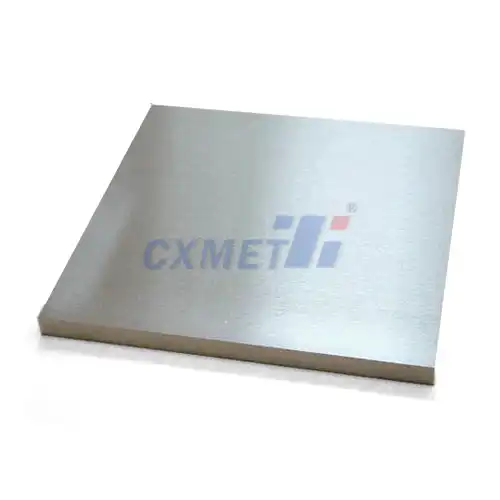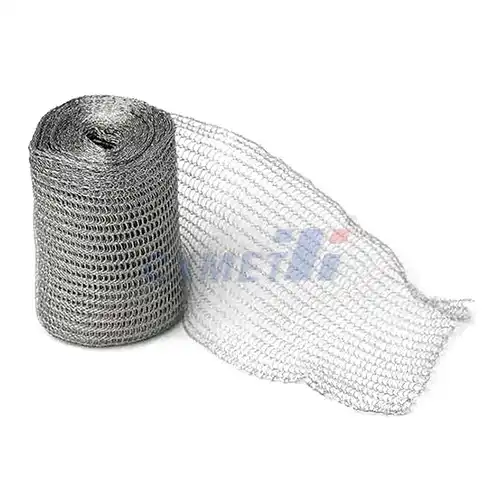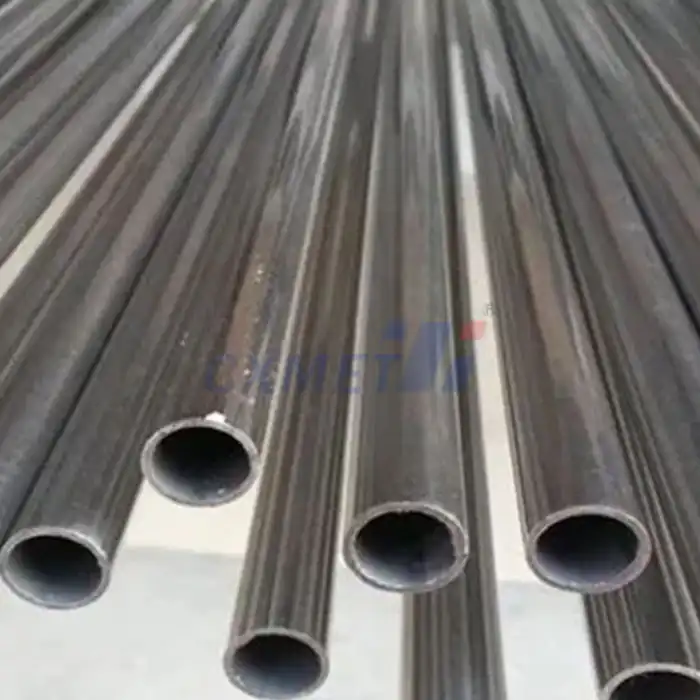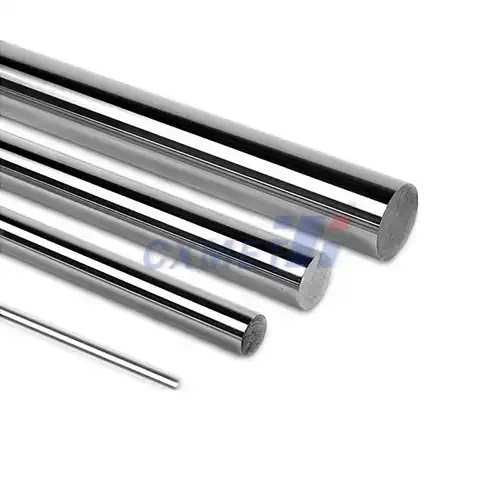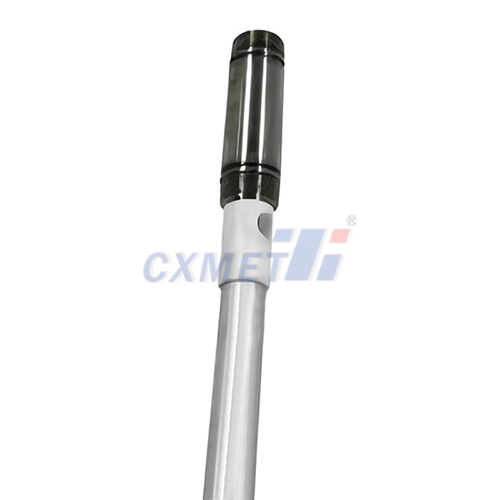- English
- French
- German
- Portuguese
- Spanish
- Russian
- Japanese
- Korean
- Arabic
- Greek
- German
- Turkish
- Italian
- Danish
- Romanian
- Indonesian
- Czech
- Afrikaans
- Swedish
- Polish
- Basque
- Catalan
- Esperanto
- Hindi
- Lao
- Albanian
- Amharic
- Armenian
- Azerbaijani
- Belarusian
- Bengali
- Bosnian
- Bulgarian
- Cebuano
- Chichewa
- Corsican
- Croatian
- Dutch
- Estonian
- Filipino
- Finnish
- Frisian
- Galician
- Georgian
- Gujarati
- Haitian
- Hausa
- Hawaiian
- Hebrew
- Hmong
- Hungarian
- Icelandic
- Igbo
- Javanese
- Kannada
- Kazakh
- Khmer
- Kurdish
- Kyrgyz
- Latin
- Latvian
- Lithuanian
- Luxembou..
- Macedonian
- Malagasy
- Malay
- Malayalam
- Maltese
- Maori
- Marathi
- Mongolian
- Burmese
- Nepali
- Norwegian
- Pashto
- Persian
- Punjabi
- Serbian
- Sesotho
- Sinhala
- Slovak
- Slovenian
- Somali
- Samoan
- Scots Gaelic
- Shona
- Sindhi
- Sundanese
- Swahili
- Tajik
- Tamil
- Telugu
- Thai
- Ukrainian
- Urdu
- Uzbek
- Vietnamese
- Welsh
- Xhosa
- Yiddish
- Yoruba
- Zulu
What are the Key Properties of Ti3AL2.5V Titanium Alloy Tubes?
2024-08-02 17:23:30
Ti3AL2.5V titanium alloy tubes are a crucial component in various high-performance applications, particularly in aerospace and industrial sectors. This alloy, also known as Grade 9 titanium, combines the strength of titanium with enhanced properties due to its unique composition. The key properties of Ti3AL2.5V titanium alloy tubes include excellent strength-to-weight ratio, good corrosion resistance, and favorable mechanical characteristics at both room and elevated temperatures. These properties make it an ideal choice for demanding environments where weight savings and reliability are paramount.
How does Ti3AL2.5V compare to other titanium alloys in aerospace applications?
In the aerospace industry, material selection is critical for achieving optimal performance, safety, and efficiency. Ti3AL2.5V titanium alloy has carved out a significant niche in this sector, competing with and often surpassing other titanium alloys in specific applications. To understand its position, we must compare it to other commonly used titanium alloys in aerospace.
Compared to the widely used Ti-6Al-4V (Grade 5) alloy, Ti3AL2.5V offers a unique balance of properties. While Ti-6Al-4V is known for its high strength and excellent fatigue resistance, Ti3AL2.5V provides better cold formability and weldability. This makes Ti3AL2.5V particularly suitable for applications requiring complex shaping or extensive welding, such as hydraulic and fuel systems in aircraft.
In terms of strength, Ti3AL2.5V sits between commercially pure titanium and Ti-6Al-4V. It offers higher strength than pure titanium grades while maintaining better ductility and formability than Ti-6Al-4V. This intermediate position makes it an excellent choice for components that require a balance between strength and workability.
One of the standout features of Ti3AL2.5V in aerospace applications is its superior resistance to stress corrosion cracking (SCC). This property is crucial in environments where the material may be exposed to both stress and corrosive elements, such as in aircraft hydraulic systems or structural components exposed to marine environments.
The alloy's thermal stability is another factor that sets it apart. Ti3AL2.5V maintains its mechanical properties at elevated temperatures better than some other titanium alloys, making it suitable for components that may experience heat during operation, such as in engine periphery applications.
In terms of weight savings, which is a critical factor in aerospace design, Ti3AL2.5V offers significant advantages. Its high strength-to-weight ratio allows for the design of lighter components without compromising on structural integrity. This contributes to overall aircraft efficiency and performance.
However, it's important to note that the choice between Ti3AL2.5V and other titanium alloys often depends on the specific requirements of the application. For instance, in applications requiring the highest strength possible, Ti-6Al-4V might still be preferred. Similarly, for applications where maximum corrosion resistance is needed, commercially pure titanium grades might be chosen.
What are the mechanical properties of Ti3AL2.5V titanium alloy tubes?
The mechanical properties of Ti3AL2.5V titanium alloy tubes are a key factor in their widespread use across various industries, particularly in aerospace and industrial applications. Understanding these properties is crucial for engineers and designers when selecting materials for specific applications.
Tensile Strength: Ti3AL2.5V exhibits excellent tensile strength, typically ranging from 620 to 795 MPa (90 to 115 ksi) in its annealed condition. This high strength allows for the design of components that can withstand significant loads while maintaining a low weight profile.
Yield Strength: The yield strength of Ti3AL2.5V is generally between 485 and 655 MPa (70 to 95 ksi) when annealed. This property is particularly important in applications where the material must resist permanent deformation under load.
Elongation: Ti3AL2.5V demonstrates good ductility, with elongation typically ranging from 15% to 25%. This property contributes to the alloy's excellent formability, allowing it to be shaped into complex geometries without cracking.
Modulus of Elasticity: The modulus of elasticity for Ti3AL2.5V is approximately 100-110 GPa (14.5-16 x 10^6 psi). This relatively high stiffness contributes to the material's ability to maintain its shape under load, which is crucial in many aerospace applications.
Fatigue Strength: Ti3AL2.5V exhibits excellent fatigue resistance, a critical property for components subjected to cyclic loading. This characteristic makes it particularly suitable for applications in aircraft hydraulic and pneumatic systems.
Fracture Toughness: The alloy demonstrates good fracture toughness, which is essential for preventing catastrophic failure in high-stress applications. This property contributes to the overall reliability and safety of components made from Ti3AL2.5V.
Hardness: In its annealed condition, Ti3AL2.5V typically has a Rockwell C hardness of about 30-35. This moderate hardness contributes to its machinability while still providing good wear resistance.
Impact Strength: Ti3AL2.5V shows good impact strength, which is important for applications where the material might be subjected to sudden loads or impacts.
Creep Resistance: The alloy exhibits good creep resistance, especially at elevated temperatures. This property is crucial for maintaining dimensional stability in components exposed to high temperatures over extended periods.
Density: With a density of approximately 4.48 g/cm³, Ti3AL2.5V is significantly lighter than many steel alloys, contributing to its high strength-to-weight ratio.
It's important to note that these mechanical properties can be influenced by the specific processing and heat treatment of the alloy. For instance, cold working can significantly increase the strength of Ti3AL2.5V, albeit at the expense of some ductility.
Can Ti3AL2.5V titanium alloy tubes be welded effectively?
The weldability of Ti3AL2.5V titanium alloy tubes is a crucial consideration for many applications, particularly in aerospace and industrial settings where complex assemblies are common. Understanding the welding characteristics of this alloy is essential for engineers and fabricators working with these materials.
Ti3AL2.5V is generally considered to have excellent weldability among titanium alloys. This property is one of the key factors that make it a preferred choice in many applications where joining of components is necessary. The alloy can be welded using various methods, each with its own advantages and considerations.
Gas Tungsten Arc Welding (GTAW), also known as TIG welding, is one of the most common and effective methods for welding Ti3AL2.5V. This process provides excellent control and produces high-quality welds. The key to successful GTAW of Ti3AL2.5V is maintaining proper shielding to prevent contamination of the weld pool and heat-affected zone. Inert gases like argon or helium are typically used to shield the weld area from atmospheric gases that could lead to embrittlement.
Electron Beam Welding (EBW) is another highly effective method for welding Ti3AL2.5V, particularly for applications requiring deep penetration or precise, narrow welds. EBW is performed in a vacuum, which inherently provides excellent protection against contamination. This method is often used in aerospace applications where high-integrity welds are critical.
Laser Beam Welding (LBW) has also proven effective for Ti3AL2.5V. This method offers advantages in terms of speed and the ability to weld in hard-to-reach areas. Like EBW, laser welding can produce narrow, deep welds with minimal heat-affected zones.
While Ti3AL2.5V is considered highly weldable, there are several important considerations to ensure successful welding:
1. Surface Preparation: Thorough cleaning of the surfaces to be welded is crucial. Any contaminants, including oils, greases, or oxides, can lead to weld defects or embrittlement.
2. Shielding: Proper shielding is critical to prevent contamination from atmospheric gases. This often involves not only shielding the weld pool but also the backside of the weld and the cooling weld metal.
3. Heat Input Control: Careful control of heat input is necessary to prevent grain growth and maintain the desired mechanical properties in the weld and heat-affected zone.
4. Post-Weld Heat Treatment: In some cases, post-weld heat treatment may be necessary to relieve residual stresses and optimize the mechanical properties of the welded joint.
5. Weld Joint Design: Proper joint design is important to ensure full penetration and minimize the risk of defects.
6. Filler Metal Selection: When filler metal is used, it's typically of the same or similar composition to the base metal to ensure compatible properties.
7. Welding Parameters: Careful selection and control of welding parameters such as current, voltage, and travel speed are essential for producing high-quality welds.
One of the advantages of Ti3AL2.5V in welding applications is its resistance to hot cracking, which can be a concern with some other titanium alloys. This property contributes to the overall reliability of welded structures made from this alloy.
It's worth noting that while Ti3AL2.5V is generally considered easier to weld than some higher-strength titanium alloys like Ti-6Al-4V, it still requires careful attention to detail and adherence to proper welding procedures to ensure the integrity of the welded joint.
In conclusion, Ti3AL2.5V titanium alloy tubes offer a unique combination of properties that make them invaluable in aerospace and industrial applications. Their excellent strength-to-weight ratio, corrosion resistance, and favorable mechanical properties at various temperatures set them apart from other materials. When compared to other titanium alloys in aerospace applications, Ti3AL2.5V stands out for its balance of strength, formability, and weldability, making it particularly suitable for complex components in aircraft systems.
The mechanical properties of Ti3AL2.5V, including its high tensile and yield strength, good ductility, and excellent fatigue resistance, contribute to its versatility and reliability in demanding environments. These properties allow for the design of lightweight yet strong components that can withstand the rigors of aerospace and industrial use.
Furthermore, the weldability of Ti3AL2.5V is a significant advantage, allowing for the fabrication of complex assemblies and structures. While welding this alloy requires careful attention to detail and proper procedures, it can be effectively joined using various welding methods, including GTAW, EBW, and LBW.
As materials science continues to advance, Ti3AL2.5V remains a crucial alloy in the toolkit of engineers and designers, offering a unique combination of properties that make it indispensable in high-performance applications.
At SHAANXI CXMET TECHNOLOGY CO., LTD, we take pride in our extensive product range, which caters to diverse customer needs. Our company is equipped with outstanding production and processing capabilities, ensuring the high quality and precision of our products. We are committed to innovation and continuously strive to develop new products, keeping us at the forefront of our industry. With leading technological development capabilities, we are able to adapt and evolve in a rapidly changing market. Furthermore, we offer customized solutions to meet the specific requirements of our clients. If you are interested in our products or wish to learn more about the intricate details of our offerings, please do not hesitate to contact us at sales@cxmet.com. Our team is always ready to assist you.
References:
1. ASM International. (2015). Titanium: Physical Metallurgy, Processing, and Applications.
2. Peters, M., Kumpfert, J., Ward, C. H., & Leyens, C. (2003). Titanium alloys for aerospace applications. Advanced Engineering Materials, 5(6), 419-427.
3. Boyer, R. R. (1996). An overview on the use of titanium in the aerospace industry. Materials Science and Engineering: A, 213(1-2), 103-114.
4. Donachie, M. J. (2000). Titanium: A Technical Guide. ASM International.
5. Leyens, C., & Peters, M. (Eds.). (2003). Titanium and titanium alloys: fundamentals and applications. John Wiley & Sons.
6. Welsch, G., Boyer, R., & Collings, E. W. (Eds.). (1993). Materials properties handbook: titanium alloys. ASM international.
7. Lütjering, G., & Williams, J. C. (2007). Titanium. Springer Science & Business Media.
8. Boyer, R., Welsch, G., & Collings, E. W. (1994). Materials properties handbook: Titanium alloys. ASM International.
9. Titanium Alloy Ti3Al2.5V. (n.d.). AZoM.
10. Titanium Alloy Guide. (n.d.). United Performance Metals.
